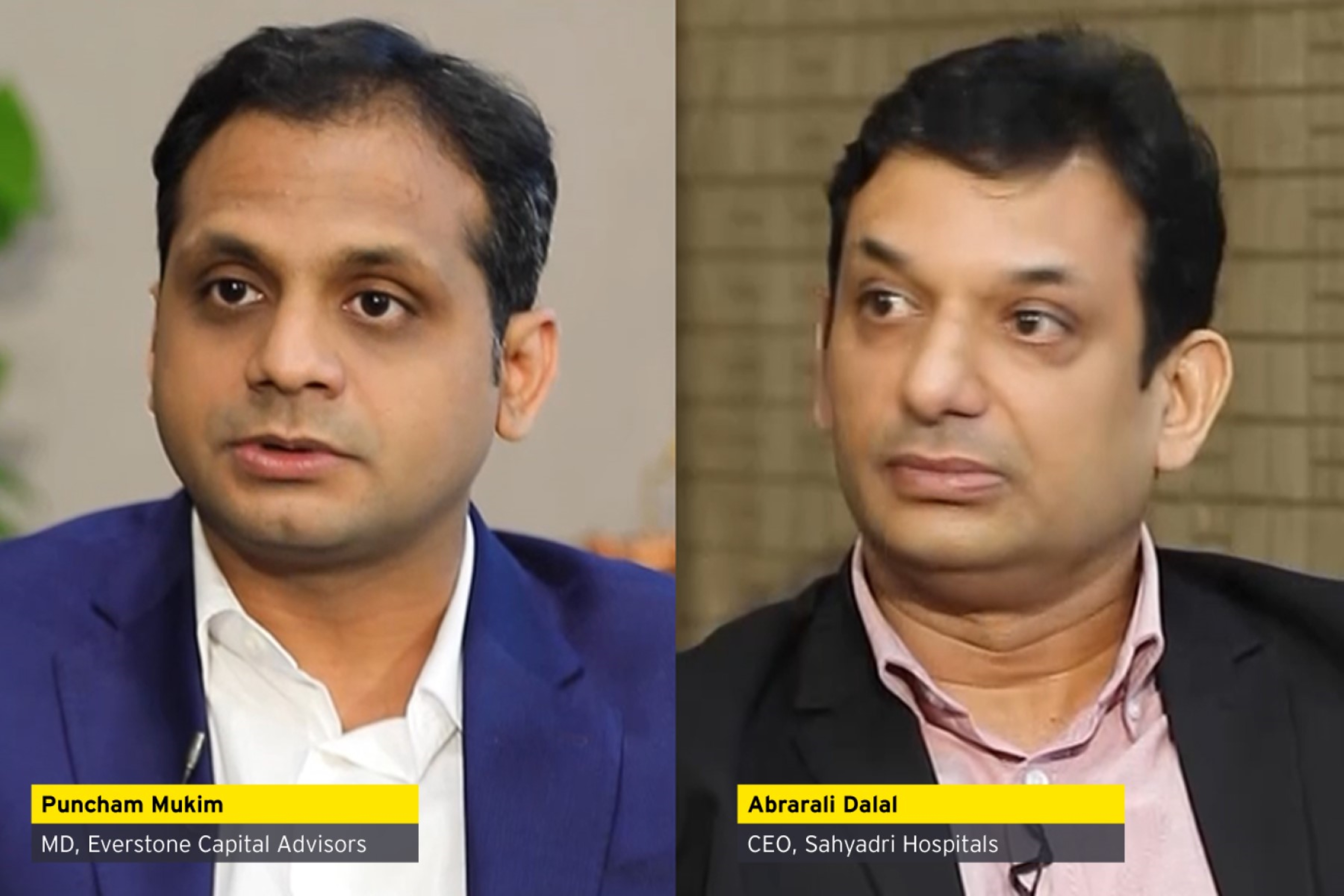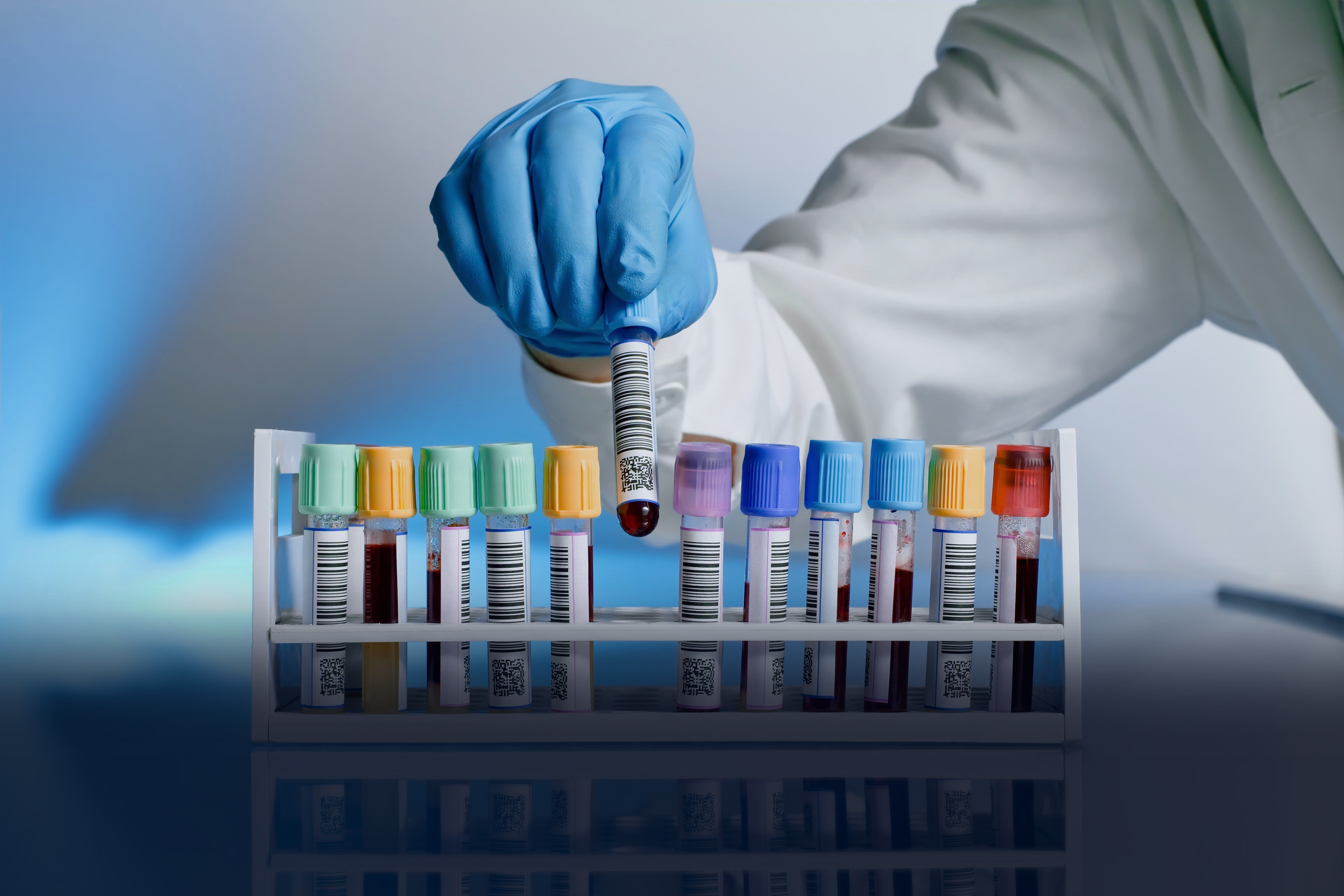EY refers to the global organization, and may refer to one or more, of the member firms of Ernst & Young Global Limited, each of which is a separate legal entity. Ernst & Young Global Limited, a UK company limited by guarantee, does not provide services to clients.
How EY can help
Some of the most cutting-edge cancer treatment methods and technology are available in our country. However, we have a long way to go before we can ensure that cancer patients from every socioeconomic background receive the best possible care. In addition to treatment, we must also take into account leveraging technology to close the care gaps associated with accessibility and affordability. Telemedicine, electronic patient records, robotics, AI-backed upskilling methods, daycare chemo, home care etc., are some of the strategies that are already in place to address these care gaps.
Additionally, capacity and capability building, resource stratification around models of care, and workforce planning have been popular themes for discussion and analysis. India has to further expand its complete cancer care infrastructure, including prevention, care delivery, skilled workforce, technology, and equipment, in order to increase its capacity and capabilities for treating and managing cancer. To make cancer care more effective and affordable for the entire population, we must improve workflow efficiency and treatment outcomes. Using its trademark ingenuity and frugality, India has an opportunity to find innovative solutions to bridge the existing care gaps for her citizens and to guide other developing and developed nations.














